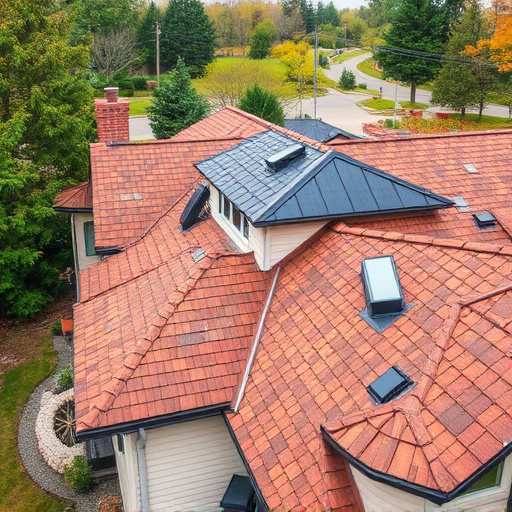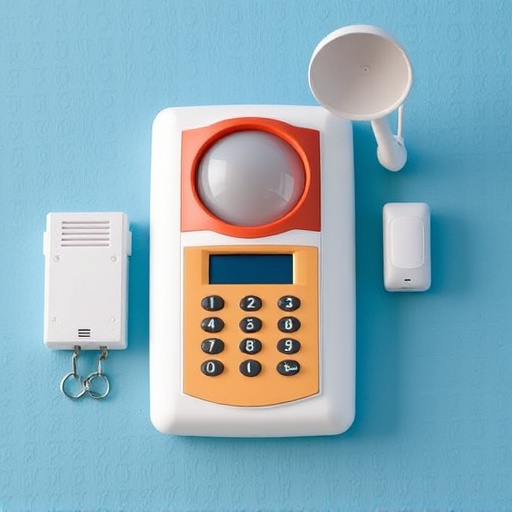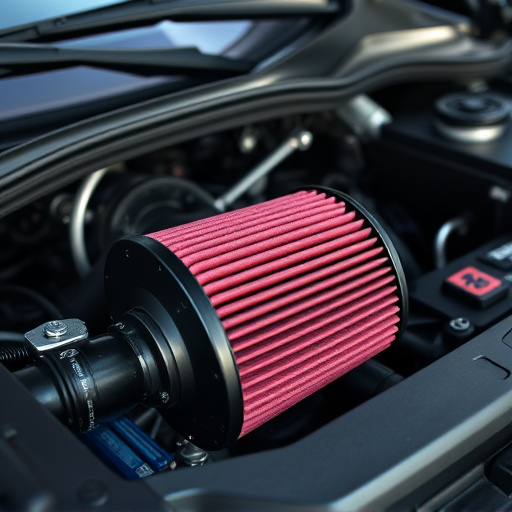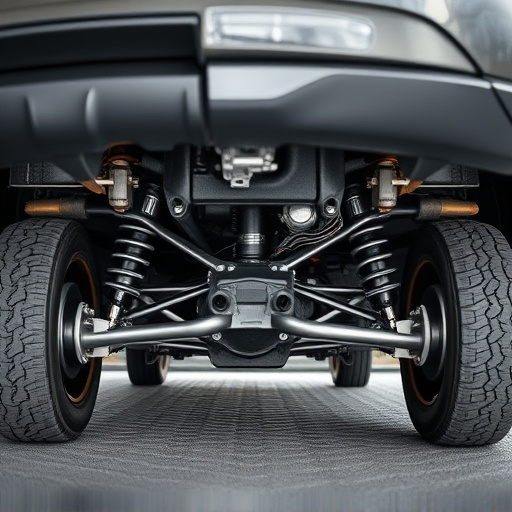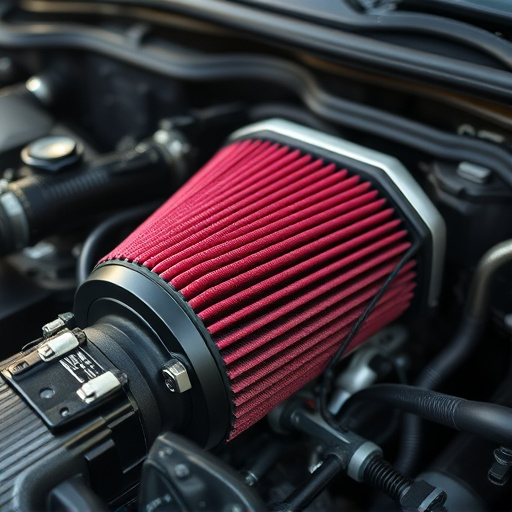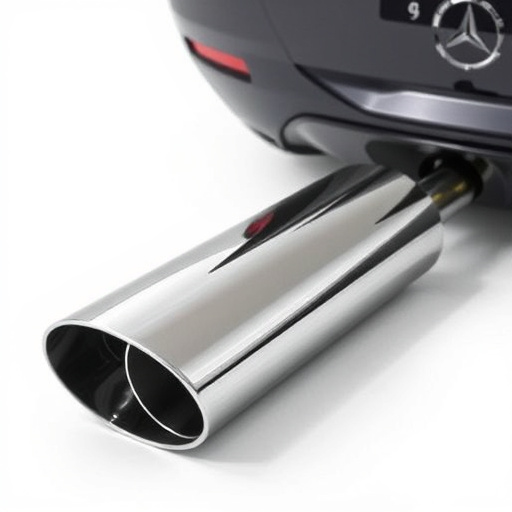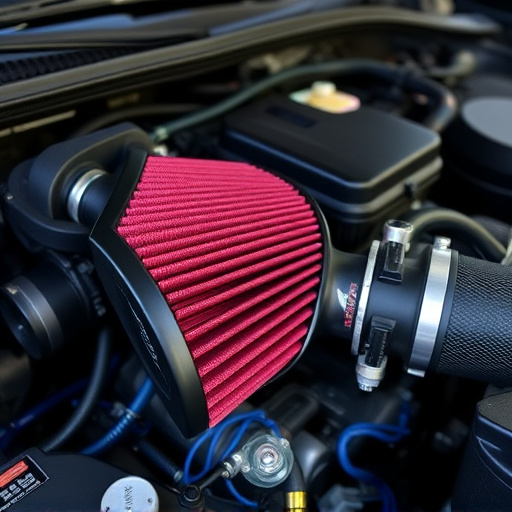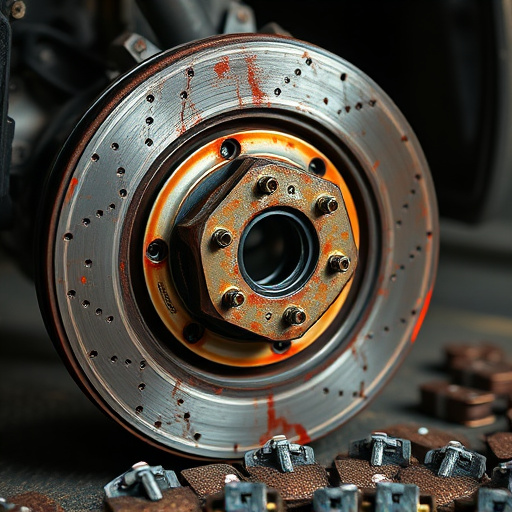Drop-in air filters are essential components in modern vehicles, protecting engines from contaminants and improving performance. Their lifespan depends on driving conditions and environment, with regular checks crucial for maintaining cabin air quality. Replacement every 15,000 to 30,000 miles or annually ensures optimal engine performance, while immediate attention is required for dirty or damaged filters. High-quality drop-in air filter kits are popular among vehicle owners seeking enhanced engine efficiency and driving experience.
“Maximizing your home or vehicle’s air quality starts with understanding the importance of regular drop-in air filter replacements. These filters play a crucial role in trapping pollutants, ensuring optimal performance and efficiency. In this comprehensive guide, we’ll explore the factors affecting replacement frequency and provide best practices for timely maintenance. Learn how often to replace your drop-in air filter to breathe easier and support a healthier environment.”
- Understanding Drop-In Air Filters and Their Functionality
- Factors Influencing Replacement Frequency
- Best Practices for Timely Replacement and Maintenance Tips
Understanding Drop-In Air Filters and Their Functionality
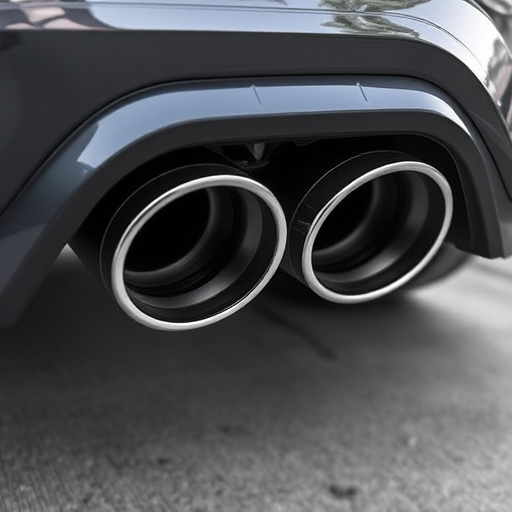
Drop-in air filters are a simple yet effective component in many vehicles’ engine systems. These filters are designed to be easily installed and replaced, typically located within the vehicle’s air intake system. Their primary function is to capture and remove airborne contaminants such as dust, dirt, pollen, and other particles from the incoming air, ensuring that only clean, filtered air reaches the engine. This process not only improves engine performance but also extends the life of your vehicle’s critical components by reducing wear caused by dirty air.
Understanding how a drop-in air filter functions is key to recognizing its importance. Unlike traditional air filters that require frequent replacement, high-quality drop-in filters can last for extended periods, often outpacing the need for regular servicing. This longevity is attributed to their durable construction and efficient design, which capture contaminants effectively without restricting airflow. Many vehicle owners opt for performance-oriented air filter kits or coilover kits that incorporate advanced drop-in filters, enhancing both engine efficiency and overall driving experience.
Factors Influencing Replacement Frequency
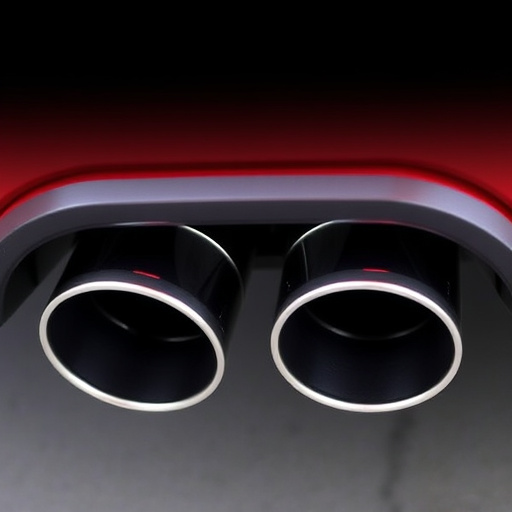
Several factors influence how often you should replace your drop-in air filter. One key consideration is the driving conditions and environment. If you frequently drive in dusty or sandy areas, or if your vehicle spends a lot of time on unpaved roads, the air filter will need more frequent replacements compared to vehicles primarily used on clean, paved surfaces. The quality of the air filter itself also plays a role; higher-quality filters can capture smaller particles and last longer than lower-grade alternatives.
Additionally, the performance of your vehicle’s exhaust system, including cat-back exhausts or modifications like exhaust tips, might impact filter replacement frequency. While these modifications can enhance performance and sound, they can also allow more particulate matter into the cabin, thus increasing the wear on your air filter. Regularly checking your air filter under such conditions is essential to maintain optimal cabin air quality.
Best Practices for Timely Replacement and Maintenance Tips

Maintaining your vehicle’s drop in air filter is a crucial aspect of keeping your engine running at peak performance brakes. Regular replacement ensures optimal airflow, which directly impacts your vehicle’s overall vehicle performance. Most manufacturers recommend replacing air filters every 15,000 to 30,000 miles or once a year, whichever comes first. This timeframe can vary based on driving conditions and the quality of the filter itself.
To ensure maximum benefits for your engine and exhaust tips, create a maintenance schedule that includes air filter checks. Noticeable signs like dirty or damaged filters should prompt immediate replacement. Additionally, consider the climate you drive in; areas with heavy dust, pollen, or smog might require more frequent changes. Regular attention to this seemingly small component can significantly contribute to maintaining your vehicle’s health and efficiency.
Regular replacement of your drop-in air filter is key to maintaining optimal indoor air quality. While factors like usage, environment, and manufacturer guidelines vary replacement frequency, a good rule of thumb is to check and replace every 3-6 months. By adhering to best practices and staying mindful of maintenance tips, you can ensure your drop-in air filter operates efficiently, providing cleaner and healthier air for your living or working space.


